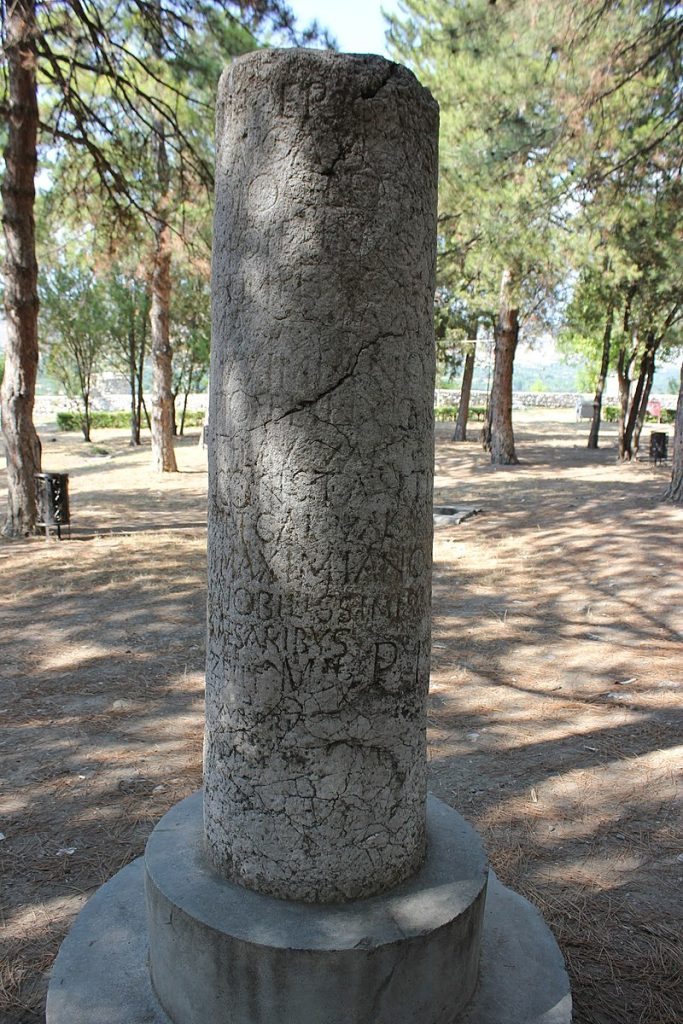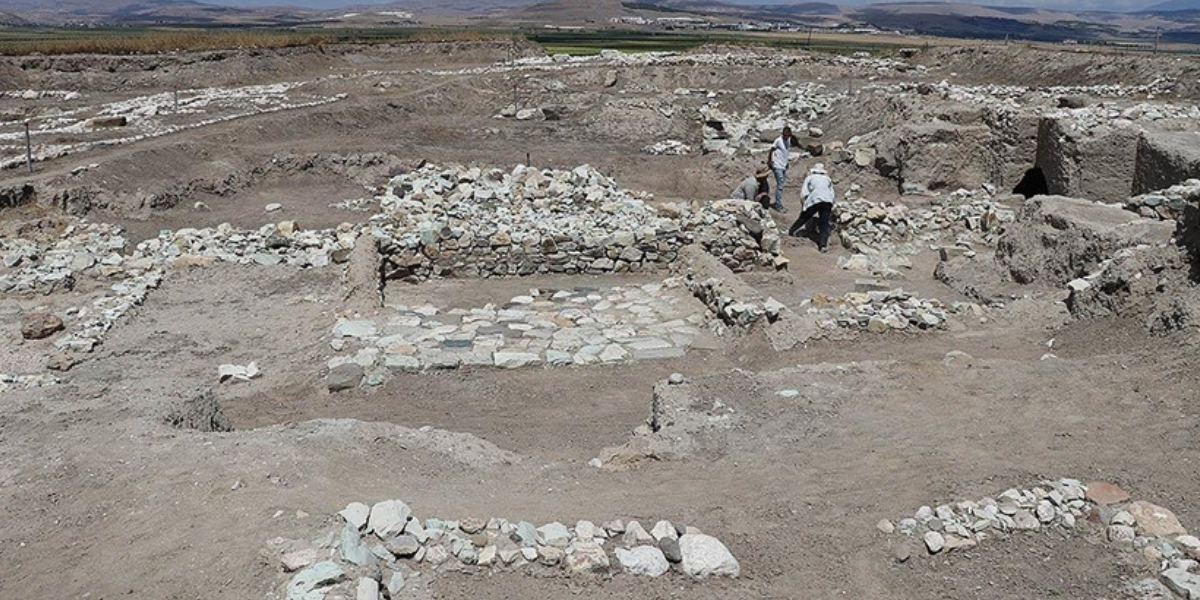Excavations continue in Oluz Höyük, where life ended with the Battle of Zela, where the famous Roman dictator Julius Caesar uttered the words “Veni Vidi Vici”
Oluz Höyük is located in the Göynücek district of Amasya, in the northeastern Anatolia region of Türkiye. The mound covers an area of approximately 45 acres.
More than 2 thousand artifacts belonging to 6 civilizations have been unearthed so far during the 18 years of excavations at Oluz Höyük.
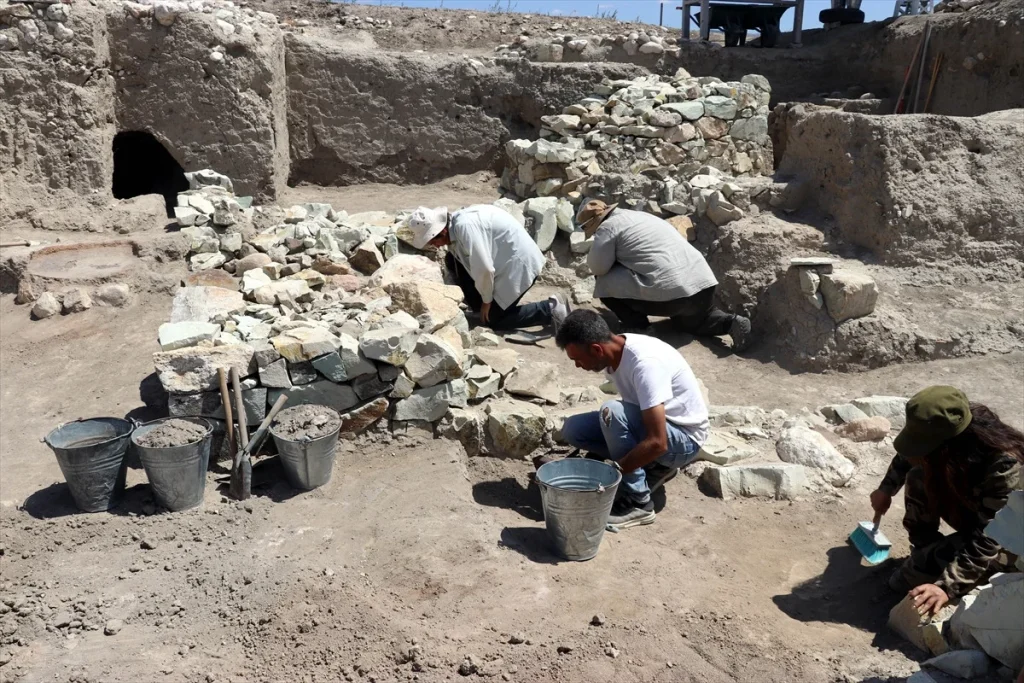
The excavations, which continue under the responsibility of Prof. Dr. Şevket Dönmez, a faculty member of Istanbul University Faculty of Letters, Department of Protohistory Archaeology, reached the Chalcolithic Period of 4,500 BC.
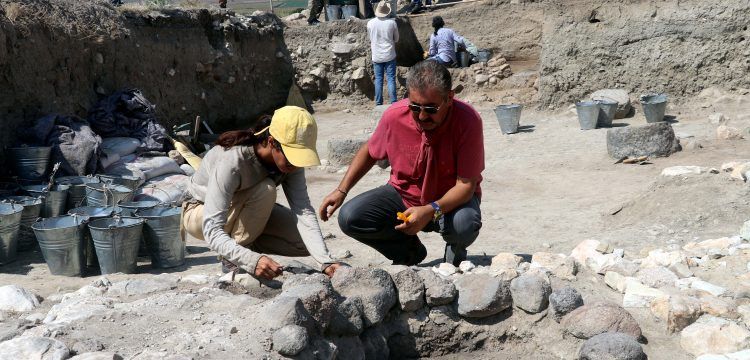
Prof. Dr. Şevket Dönmez “While an uninterrupted history can be traced until the Hellenistic Period, the settlement ends with the Battle of Zela in 47 BC, which went down in history with Julius Caesar’s famous words ‘Veni Vidi Vici’. After this battle, Mithridates’ military presence disappeared and Oluz Höyük was abandoned.”
Dönmez stated that the nomadic Turks who came to Oluz Höyük a thousand years later created a cemetery in this region.
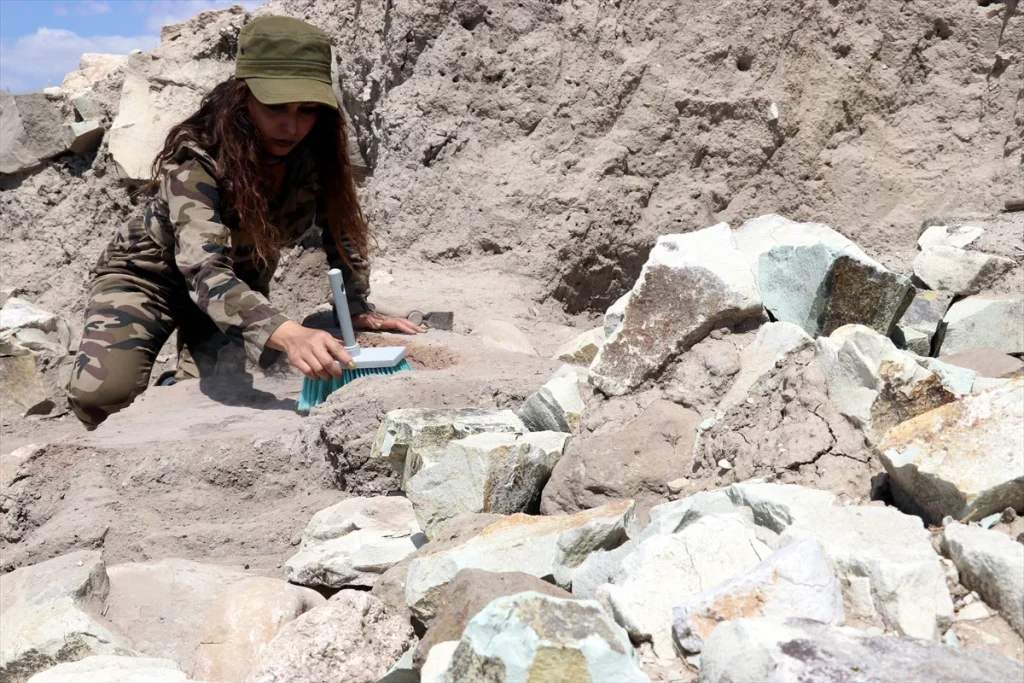
“We can take our excavations in Oluz Höyük back to 6,500 years ago and we can clearly follow the history of Amasya in this process. Starting from the Chalcolithic Period, traces of the Early Bronze Age, Assyrian Trade Colonies, Hittite, Phrygian, Persian, Median and Hellenistic periods as well as the first Turkish communities that came to Anatolia can be easily seen in this area. However, since Oluz Höyük is a very large settlement area, there are many areas that we could not excavate. While certain periods offer more accessible and monumental structures, we focused especially on Phrygian, Median, Persian and early Turkish tombs.”
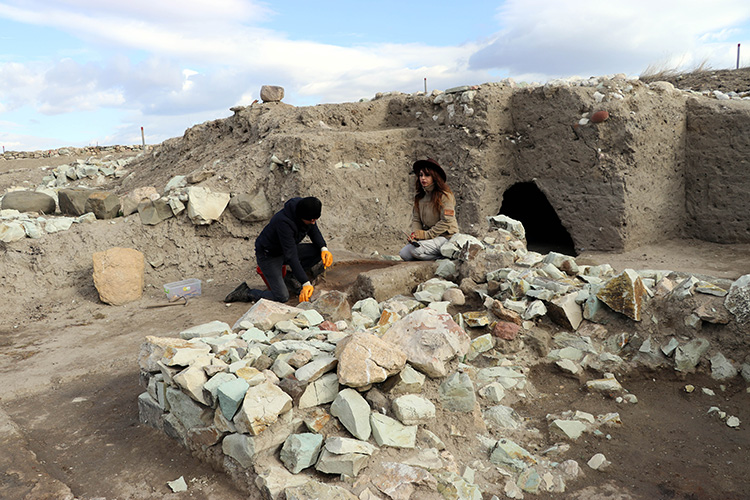
“These excavations are a long-term project; we are planning a 50-year project, maybe even another 50 years. So far, we have delivered over 2,000 artifacts to the Amasya Museum in 18 years, some of which are on display, and we have also completed our scientific publications on these artifacts.”
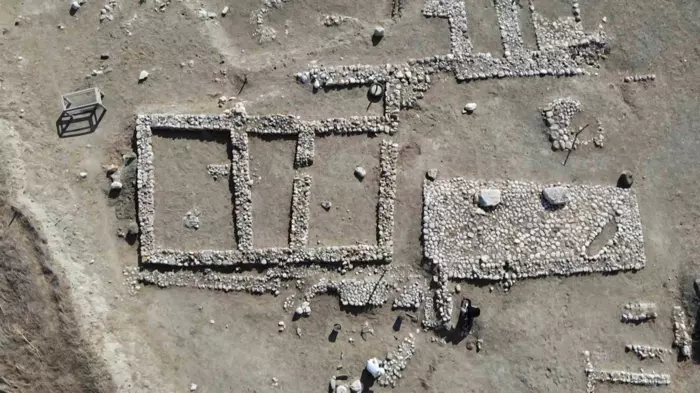
Veni Vidi Vici
This phrase appears in a letter written by Julius Caesar to the Roman Senate describing his victory at the Battle of Zela. Caesar used this phrase in his letter to the Roman Senate after his victory over Pharnaces II of Pontus in the Zile district of Tokat province in Northeastern Anatolia in Türkiye.
